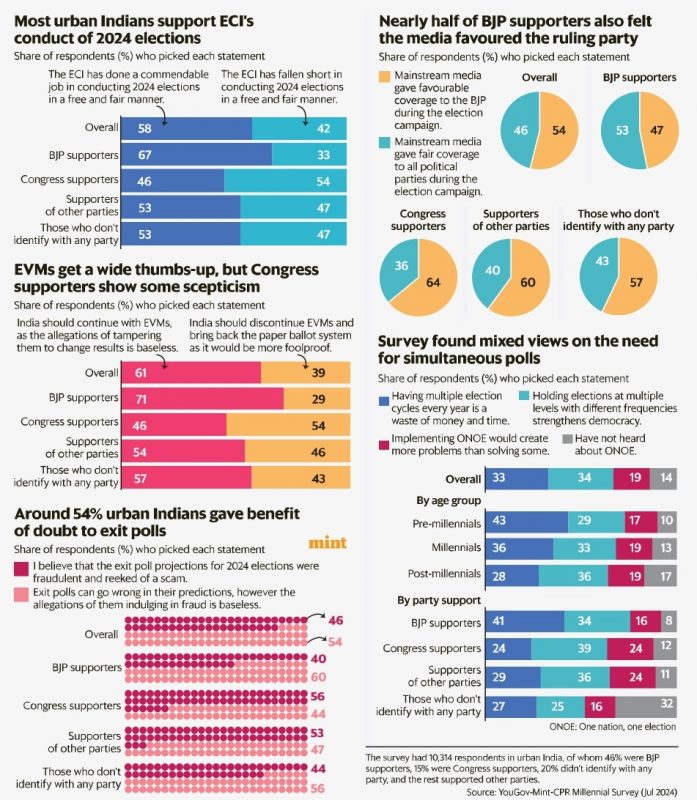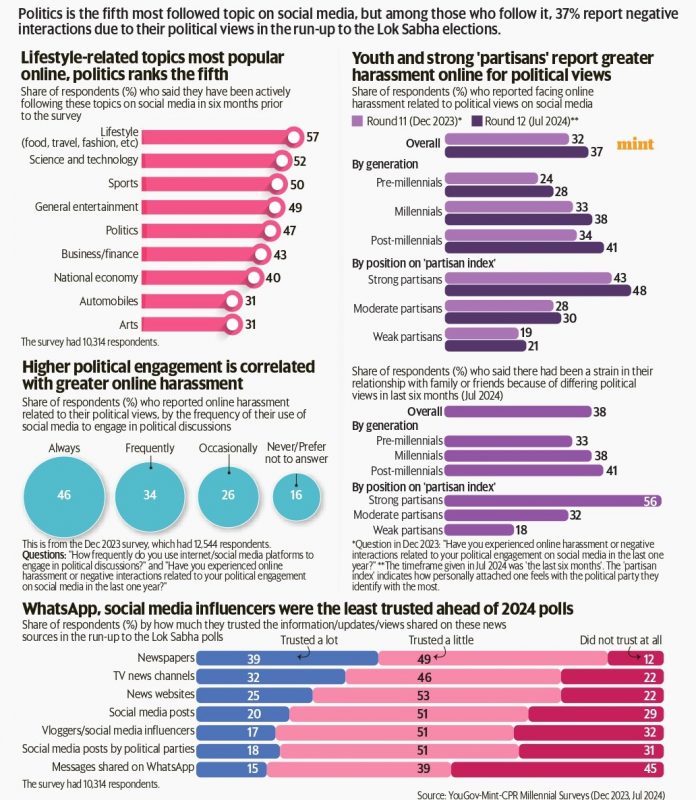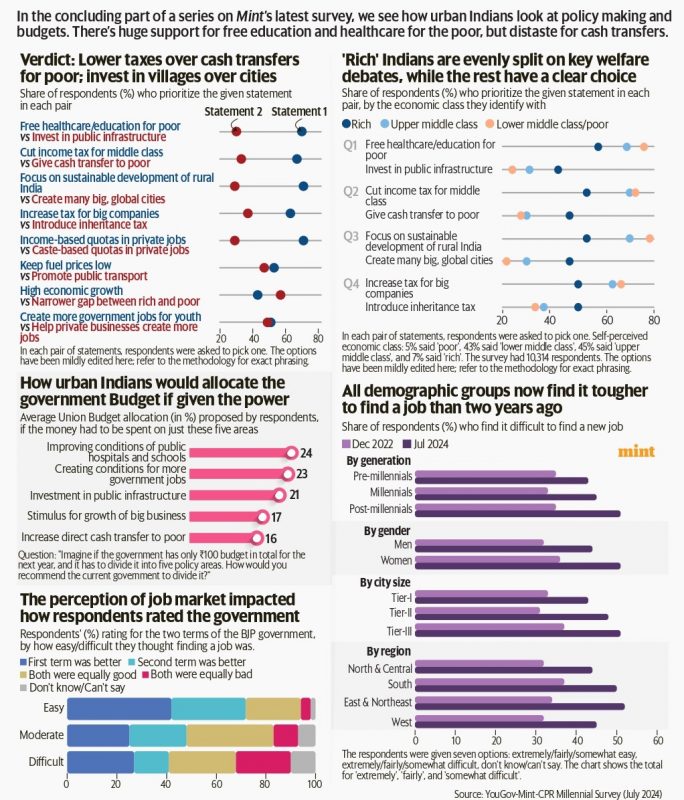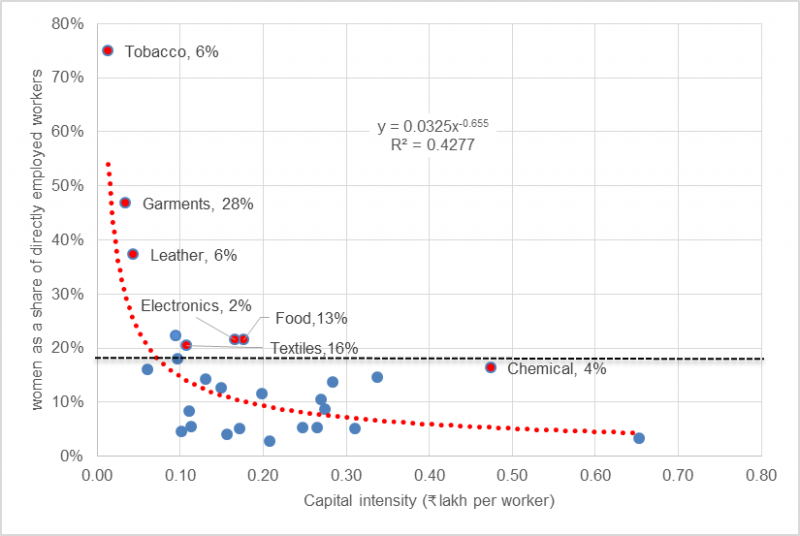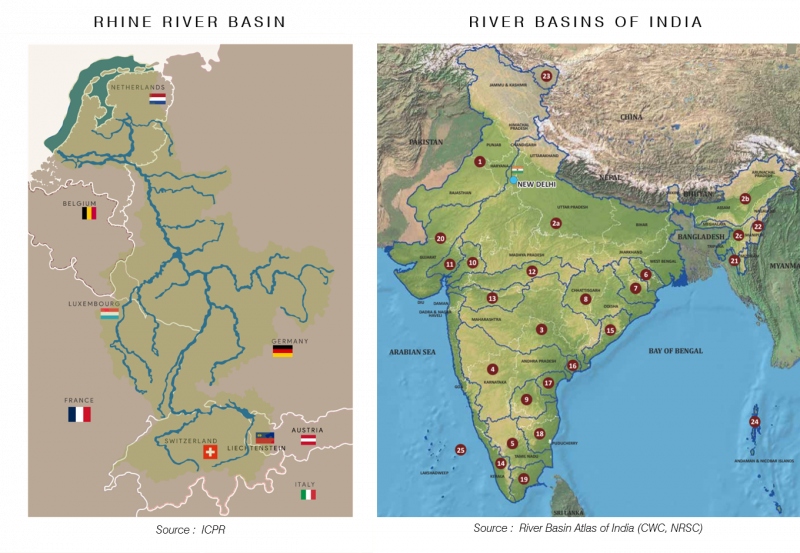
There is an increasing policy engagement and advocacy emerging from various fronts on the possible European commitments and collaboration in the management of India’s river basins. One of the key learning experiences that is often suggested in this context is to reflect on Europe’s policy frameworks and institutional structures for improved outcomes from India’s river rejuvenation programmes. In India, the past decade witnessed an unprecedented focus and budgetary support by the Government of India (GoI) on river restoration, starting with the Namami Gange Programme (NGP). India is contemplating expanding Namami Gange’s experiences into a policy ecosystem to revitalise its rivers. The Ministry of Jal Shakti (MoJS) recently commissioned a large-scale study on assessment and management plans for six river basins in India, namely Mahanadi, Narmada, Godavari, Krishna, Cauvery, and Periyar, for improved river management along the lines of the NGP. In this context, how does the European experience offer insights to inform programmes like the NGP? In this commentary, we briefly outline some of the legal and institutional facets of the European experience and the lessons it holds for India.
European Cooperation on Rivers
The European experience of managing its river basins in the post-World War II period is often considered an exemplary case of regional cooperation in the management of freshwater ecosystems. This has resulted in the implementation of several legally binding directives, most notably the adoption of the European Water Framework Directive (EU WFD) in 2000 and Flood Directive (FD) in 2007. The EU WFD has proven to be a pivotal piece of legislation in Europe’s history, reflecting the Union’s commitment to cooperative transboundary water management. Though the EU WFD appears to be a standalone legislative framework for water management, it reflects historical lessons learned from cooperation over important river basins — most notably the Rhine and the Danube river basins.
Early Experiences
Some of the earliest evidence of formal cooperation dates back to 1815 when European nations came to an agreement over navigation on the river Rhine towards the end of the Napoleonic wars. This culminated in the Final Act of the Congress of Vienna. Article 108 1 of the Final Act resulted in the constitution of the Central Commission for Navigation of Rhine (CCNR). Subsequently, the Mainz Convention of 1831 and Mannheim Convention of 1868 accommodated various riparian concerns regarding Rhine navigation, but under the same spirit and principles embedded under Article 108. Cooperation over the Rhine became a template for other larger European river basins such as the Danube and Elbe. Moreover, the legal framework established to facilitate cooperation among the Rhine Basin countries manifested in the Rhine being the most used trade route in Europe for inland navigation underlying the economic prospect of cooperation over its waters.
Institutional Adaptation: From Economic Rationality towards Managing Environmental Risks
These early instances, however, created consequences affecting the aquatic health of the river — notably, increasing river pollution and the dwindling salmon population. With the conclusion of World War II, the situation worsened.
The major European economies — coincidentally the Rhine Basin states — steadily shifted their focus on deteriorating water quality. The International Commission for the Protection of Rhine (ICPR) was established in 1950 through the cooperation of France, Germany, Luxembourg, The Netherlands, and Switzerland towards restoration of the river. However, only in 1963, 13 years after its inception, ICPR obtained legal personality 2 at the Berne Convention through Article 6.2, which endows it with rights and obligations – allowing ICPR to act independently and being represented by its Chairman. The Presidency rotates among the Rhine basin states every three years. According to the Preamble of ICPR, the goal of the Convention is to increase multilateral cooperation to facilitate sustainable development of the Rhine ecosystem. Initially, ICPR’s scope was narrowly restricted to addressing water quality concerns. Later, it expanded its focus and undertook a broader role which fundamentally altered the pathways for Europe’s water management paradigm.
Imprint of the Rhine Cooperation on EU’s River Basin Management
Europe’s early experiences in managing large river basins like Rhine and Danube bolstered the development of important regional directives in the EU for environmental management – the most prominent being the EU WFD. Reflecting on the early European experiences illustrate that European member states developed adaptive management techniques from the Rhine experience that helped advance these regional directives. In this regard, three broad insights emerge:
- Learning from History: The success and frameworks established for the Rhine have significantly influenced the EU’s approach to water management. The collaborative approach to managing the Rhine has shown the benefits of transboundary cooperation, including improved water quality, restored ecosystems, and reduced flood risks. These successes have reinforced the EU’s political commitment to cooperative water management, shaping broader EU water policy. The early experiences with the Rhine navigation established interdependencies over time and manifested in the creation of transnational institutions, flourishing trade, and heightened consultation efforts.
- Setting Precedent: The Rhine cooperation efforts highlighted the need for preventive measures to protect water quality and ecosystems. Protection of Rhine water quality through the deployment of various economic and legal instruments, and its satisfactory implementation proved to be a guiding force behind EU’s environmental policy. Techno-legal instruments such as the Polluters Pay Principle, No Harm Rule, Precautionary Principle, Sustainable Development Principle, etc. emerged from the experiential wisdom accrued through the management of the Rhine and other important river basins. These environmental principles serve as the core aspects of EU environmental law and transboundary water management. For example, the allocation of costs based on the Polluters Pay Principle among the Rhine Basin States, as well as the industries located along the banks of the river contributed to the Rhine Action Programme. On a similar note, the No Harm Principle 3 was operationalised by ICPR as it played a pivotal role in the cooperation between the upstream and downstream Rhine basin states for pollution control measures.
- Institutionalisation of Cooperative Mechanisms: The River Basin Management paradigm in Europe was a gradual and incremental process. Insights offered by the functioning of the CCNR and ICPR have been central in shaping the approach taken by the EU’s management of its large river basins. For example, the River Basin Organisation constituted to pursue Integrated River Basin Management (IRBM) as mandated by the EU WFD is a culmination of various institutional practices that emerged from the functioning of ICPR and CCNR. In addition, the other single most important criterion for pursuing river basin management is to ensure coordination and cooperation across geographies and political actors. The Rhine experience greatly benefitted and advanced this cause. The international cooperation effort and its eventual institutionalisation for the Rhine restoration programme, have produced protocols for monitoring, data management, and coordination mechanisms.These protocols include consensus-based measures to maintain high-quality data standards – making it accurate and reliable. These efforts paved the way for the adoption of the EU WFD and played a vital role in achieving the WFD’s ambitious water quality and ecological objectives.
India’s experience with NGP and what it can learn from the Rhine
In the Indian context, the National Mission for Clean Ganga (NMCG) has taken some important steps in rejuvenating the Ganga Basin. NGP, in its current avatar, aims to address diverse pollution sources by including the entire basin as a unit of governance. The Ganga River Basin Management Plan (GRBMP), prepared by a consortium of seven IITs, is credited with its usefulness for planning in Ganga and remains foundational for the NGP. Like the Rhine experience, the Ganga rejuvenation started with modest and narrow efforts. It was only in 2016 that the effort received a significant legal fulcrum. Prior to 2016, NMCG had limited functional scope, restricting its role to funding specific projects for the Ganga Basin. It did not have a mandate to take cognizance of any threats to the Ganges or the power to issue directions to the concerned authorities/polluters. In 2016, under the Environment (Protection) Act of 1986, the role of NMCG was strengthened to enforce laws regarding pollution control in the Ganges Basin. NMCG is now a fully functional authority that is both a regulator and an implementer in pursuing the management of the Ganges Basin towards improving the ecology and aquatic health of the river. Besides pollution abatement measures, it is making a promising effort to improve river-city connection through the Urban River Management Plan (URMP), standardizing data collection protocols, etc. In this context, NGP offers opportunities to establish itself as a template for India’s river rejuvenation goals.
Way Forward
More than anything, the Rhine and the larger European experience offers two critical lessons — a legal framework developed through a consensus-building approach and the constitution of a legal authority which should be supplemented by institutional and deliberative mechanisms. In this aspect, NMCG is still at a nascent stage. The formidable task for NMCG would be to address some of the complex areas of the river rejuvenation programme — such as inter-state and centre-state cooperation, that would be required for pollution management, especially its core aspects of infrastructure finance, and data sharing architecture. All this would require cooperation across scales and would be crucial in sustaining the programme post the mission life of the NGP which is slated to end in its current capacity in 2026.
This blog is part of an ongoing project on Rejuvenating India’s Rivers, in collaboration with the National Mission for Clean Ganga (NMCG).
- Final Act of the Congress of Vienna 1815, Article 108 (CVIII) stipulates that when the states are separated or traversed by the same navigable river, the navigation related powers must be regulated by common consent.
- Legal personality gives an organisation its own legal standing in the court, i.e. ICPR is formally recognized as a legal entity and can be legally represented by its chairperson.
- No Harm Principle obligates parties to not have any adverse impacts on the other in a cross-jurisdictional setting and particularly directed to the upstream states.


